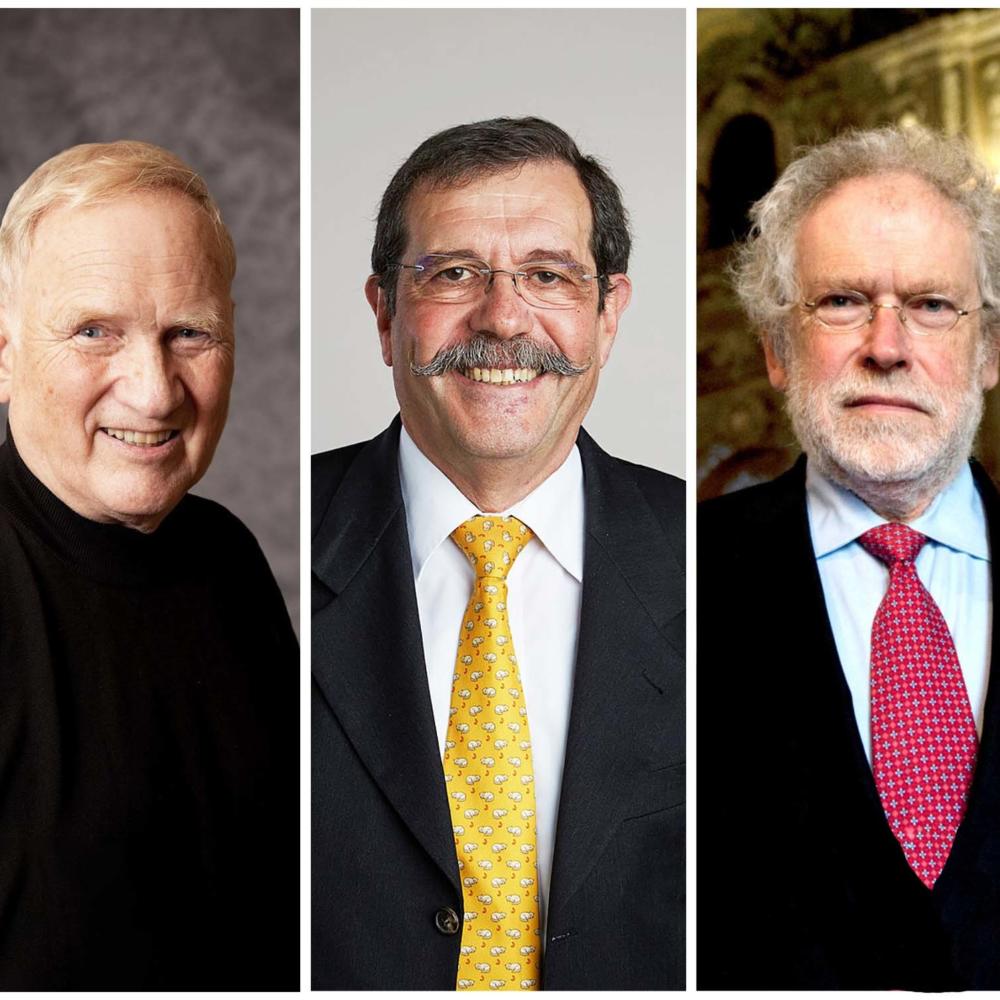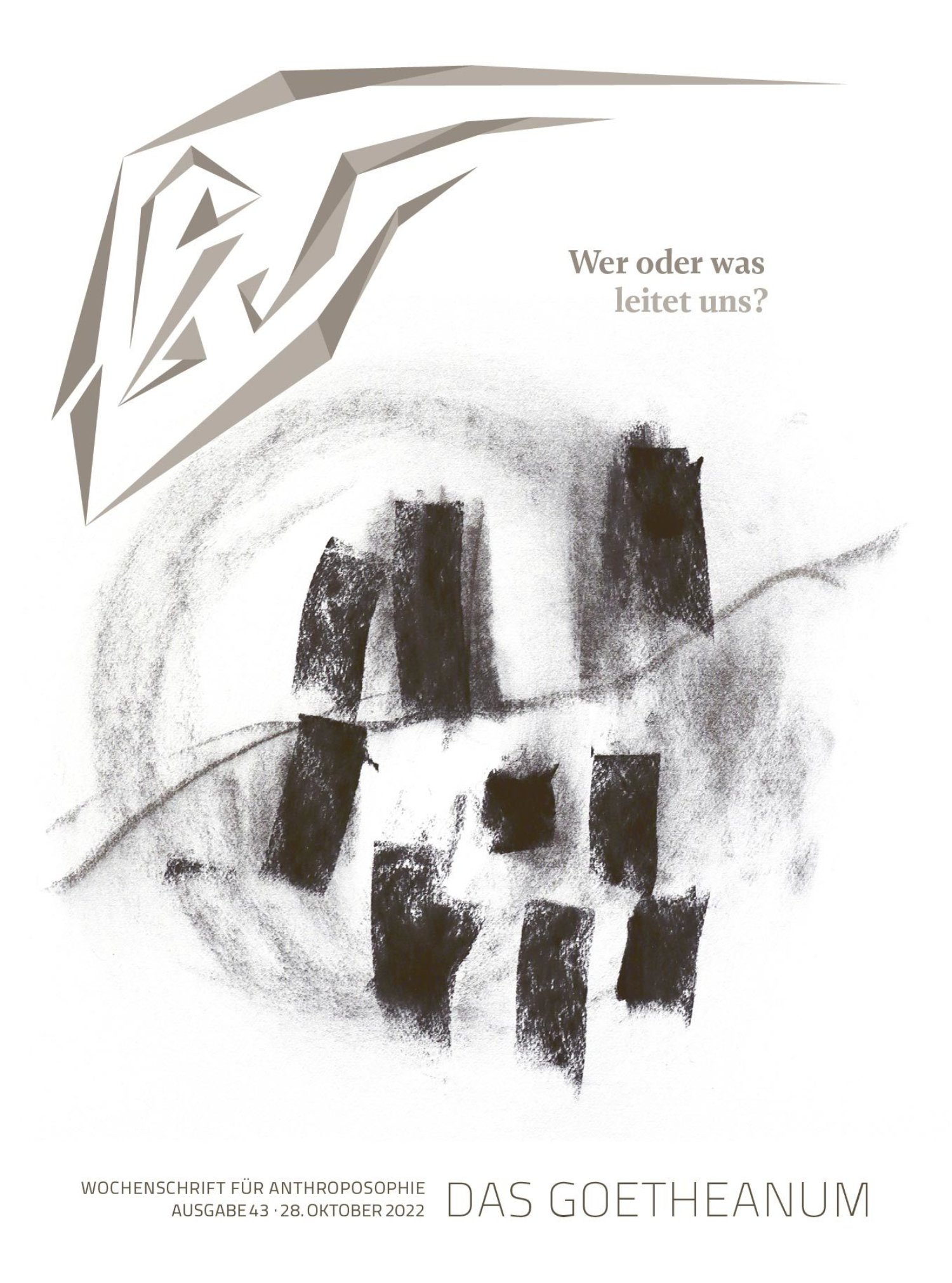Freed from Occult Captivity?
The three 2022 Nobel Laureates in Physics – John Clauser, Alain Aspect, and Anton Zeilinger – have experimentally shown that quantum physics is more than an idea or theory of understanding matter.
There is probably only one occasion on which Rudolf Steiner did not use the term ‹occult captivity› in an ‹esoteric class› concerning Helena Blavatsky, and that was on August 31, 1923, in Penmaenmawr, UK. There, he describes the intention of Ahrimanic beings to surround humanity with atomistic and molecular images and thereby put it in captivity. It is remarkable that during Rudolf Steiner’s lifetime, physicists were preparing to overcome naïve ‹particle atomism›. Werner Heisenberg took a decisive step in June 1925 with the first draft of quantum physics, which was developed in collaboration with Niels Bohr and other important physicists in the following years.
Already with Heisenberg, we have drastic innovations: now only probability statements are able to be made about the behavior of ‹quantum objects› – they can actually no longer be called particles after this development – and their behavior depends on the question determined by the experiment. This went too far for ‹realistic› colleagues such as Albert Einstein. There had to be an objective physical reality of things, independent of human beings. If one could only give probabilities, it must be because certain hidden variables were not yet known. The theory is incomplete. «God doesn’t roll the dice,» Einstein claimed. The debate between Bohr and Einstein culminated in Einstein’s publication, together with Boris Podolsky and Nathan Rosen. This so-called EPR paradox described an experiment as a consequence of quantum physics, which, in short, common sense had to consider impossible. This assumes a situation in which two or more spatially distant quantum objects (e.g., ‹photons›) form a joint system according to quantum physics and are ‹linked› so that they are dependent on each other in their properties, no matter how far apart they are. For Einstein, the immediate implicit influence across space was a «spooky action at a distance.» Twenty years later (1955), John Bell succeeded in formulating this situation into an inequality that can be tested in principle in an experiment: If this is violated in the experiment, this means that quantum physics is correct in this context and that there can at least be no local hidden variables.
This excerpt comes from an article originally published in the (online exclusive) English Edition of the weekly Newsletter ‹Das Goetheanum›. You can read the full article on the website of 'Das Goetheanum'.
Photos from left: John Clauser, Alain Aspect. Source: Wikimedia; Anton Zeilinger. Photo: Sepp Dreissinger


